CABIN JOHN, Md. — Scientists say plans to build new lanes and expand the American Legion Memorial Bridge between Maryland and Virginia could come at the cost of an environmentally sensitive island.
Maryland’s Department of Transportation estimates 235,000 vehicles drive the American Legion Bridge daily. MDOT, which owns the bridge, and private companies have plans to build four conventional and two toll lanes right alongside the current bridge.
On Maryland’s side of the Potomac River next to the American Legion Bridge sits 12 acres of pristine nature: Plummers Island. Biologists have studied the island in the Potomac for more than 100 years.
"It's called the most thoroughly studied island in North America," said Washington Biologists' Field Club President Robert Soreng. "We've been studying it hard for 122 years."

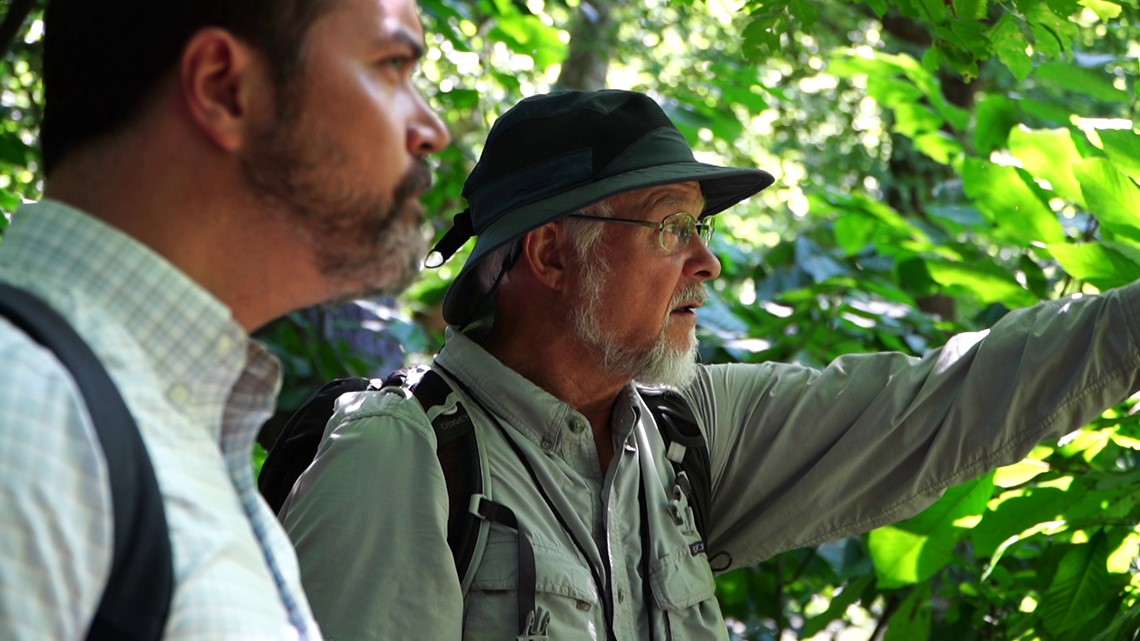
The club built a cabin on Plummers Island back in 1901. Its guest book spreads thanks from happy hikers. The club owned this island until the 1950s when it gave it to the National Park Service to care for it.
Club biologists still use Plummers Island for scientific research. They catalog plants and wildlife and study how the island responds to things like climate change and surrounding development.


A Northern Red Oak near the cabin dates back to the Revolutionary War. Because of climate change, they simply can’t sprout anymore; there are very few of them remaining on Plummers Island.
When the American Legion Memorial Bridge opened in 1962, it became an uneasy neighbor to the island and its decades of biology experiments.

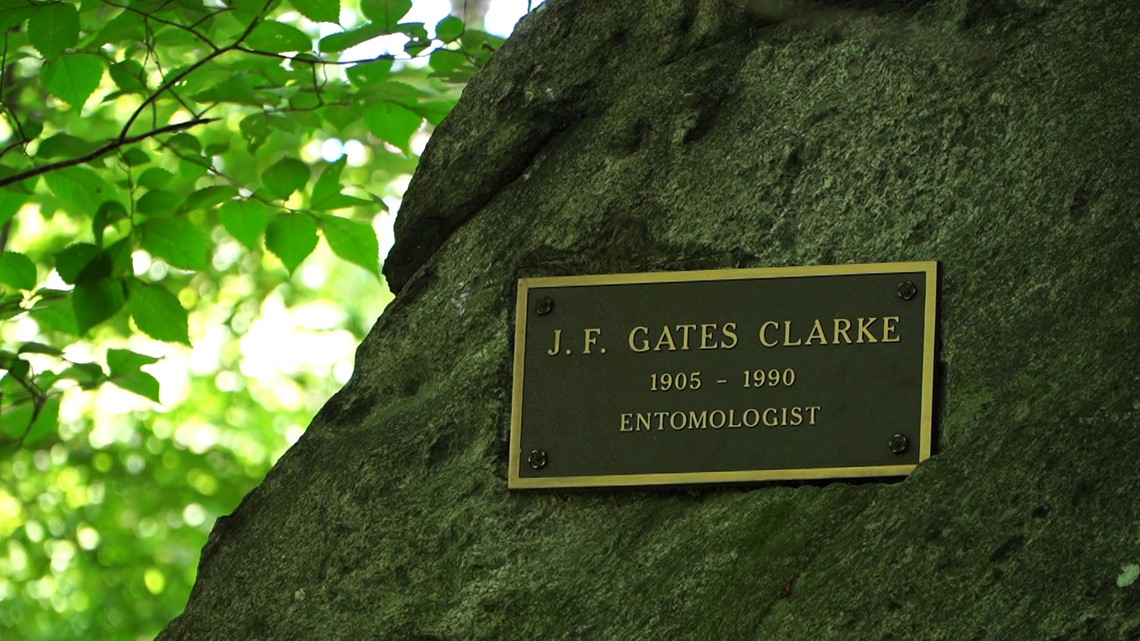
"Taking pieces of such a national treasure and cutting them up is just not where we want to go," Soreng said.
Bridge expansion plans would turn several hundred feet of the island into what Field Club member Rod Simmons called "a moonscape.
"It's certainly a dead zone," Simmons said.

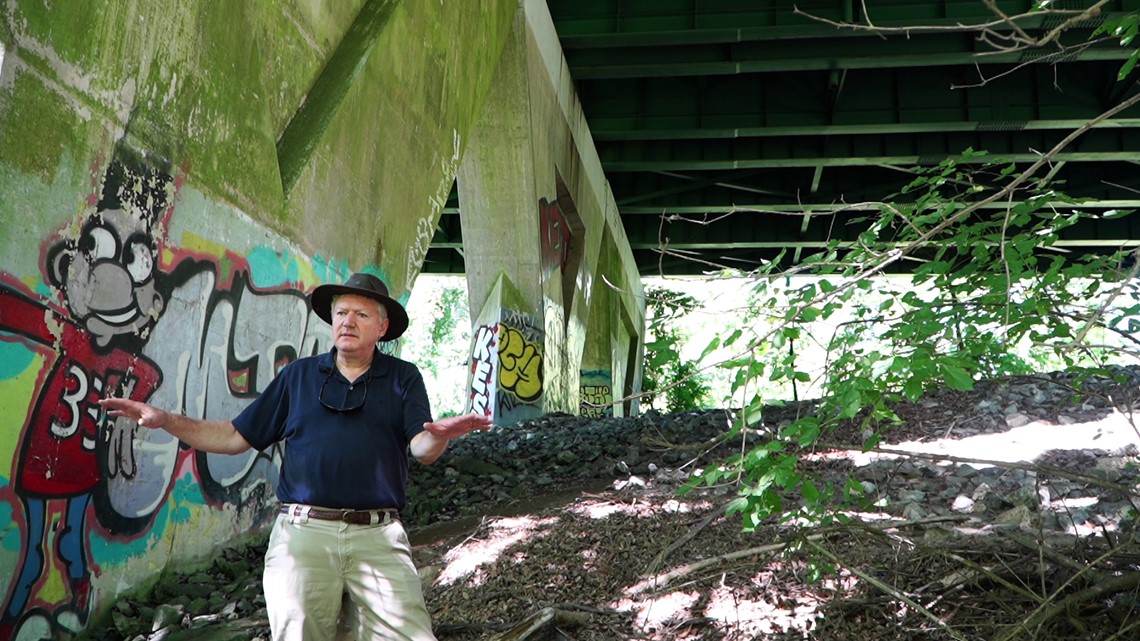
The scientists add that an expanded bridge would also alter the flow of the surrounding river water, damaging much of what would remain of Plummers Island’s unique habitat.
*We can't keep kicking the can down the street in the face of the existential threat of climate change," added Simmons.

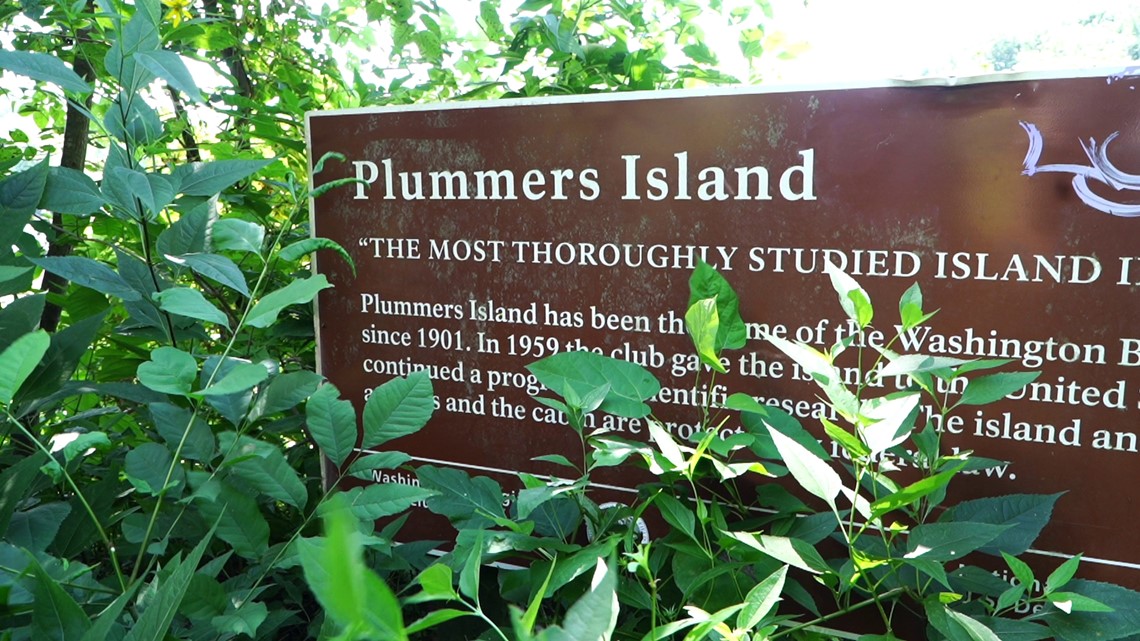
The Washington Biologist Field Club has this message for whoever becomes Maryland’s next governor.
"The governor has a responsibility to conserve and protect these areas," Simmons said.
Soreng also had a message for commuters frustrated with bridge traffic.
"It'll be five, six, maybe longer years of construction, which your commutes going to be much worse," he said.

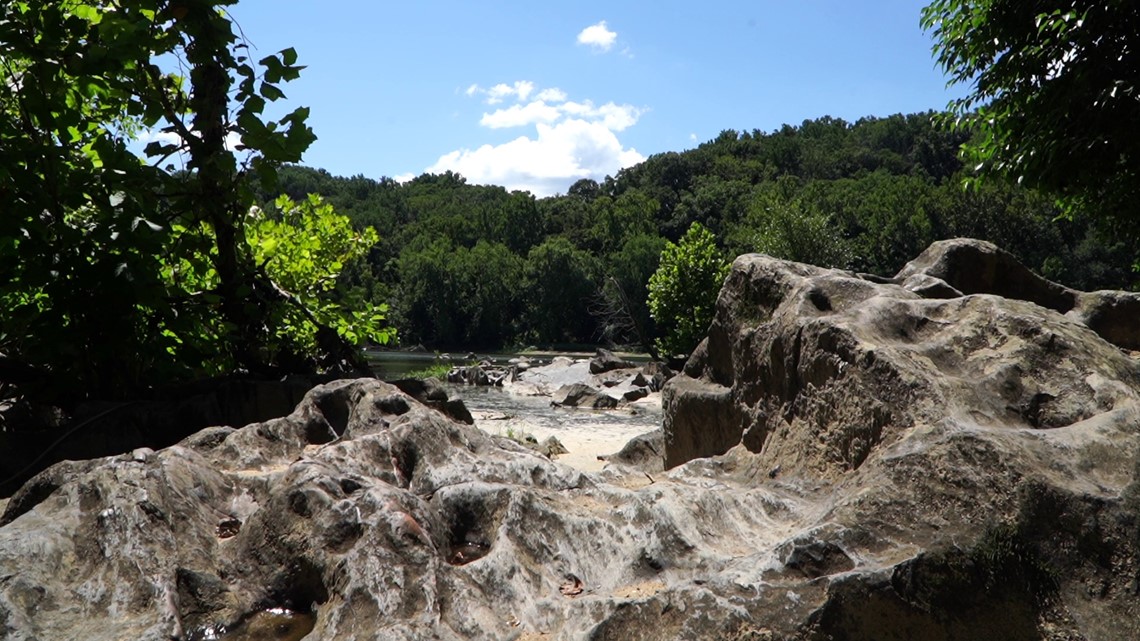
But a study from Virginia’s George Mason University says expanding the American Legion Bridge would boost regional labor income by more than $3 billion.
Karyn LeBlanc, spokesperson for project developer Accelerate Maryland, wrote:
"The American Legion Bridge is over 60-years old, is aging and needs to be replaced. Long-term forecasts still report continued growth in traffic, as the National Capital Region is projected to add another 1.3 million more residents and one million more jobs by 2045.
The region is counting on something to be done to address current and what we know will be future critical infrastructure needs. Nearly 60 percent of all Maryland voters support the New America Legion Bridge I-270 Traffic Relief Plan.
At this point, the environmental review process is in the final stages with the Record of Decision (ROD)) currently under evaluation by federal and state parties. AM Partners is also working through the process to select the D&C (design and construction) subcontractor(s) to advance pre-development and design work."

